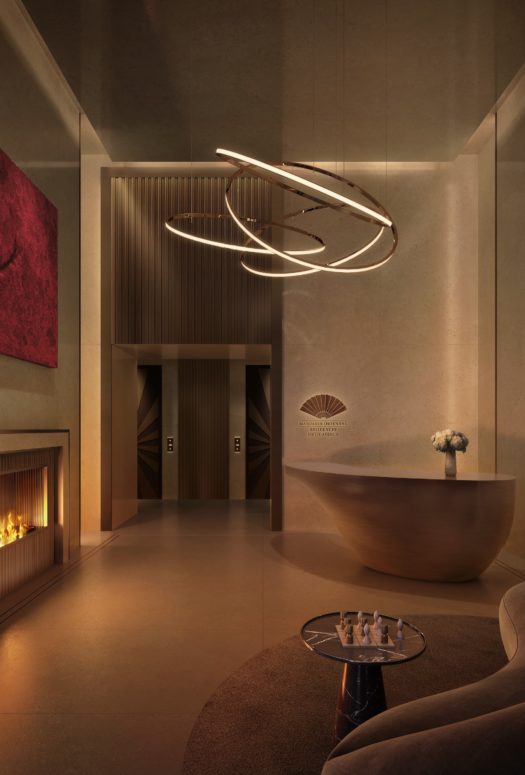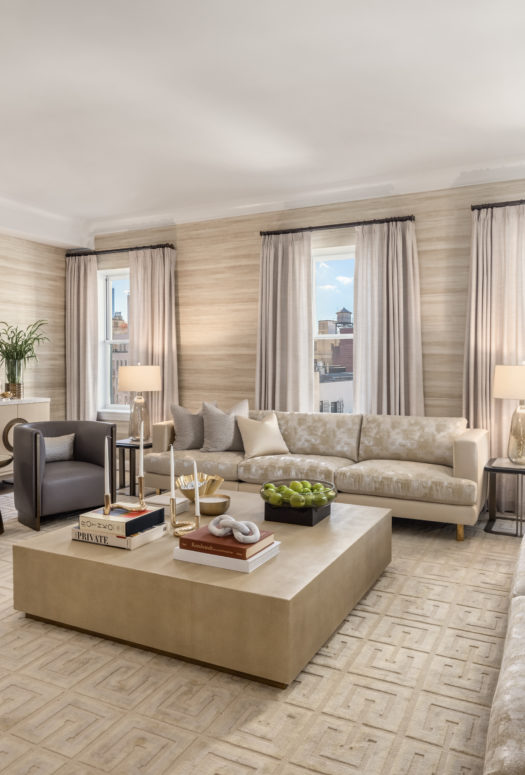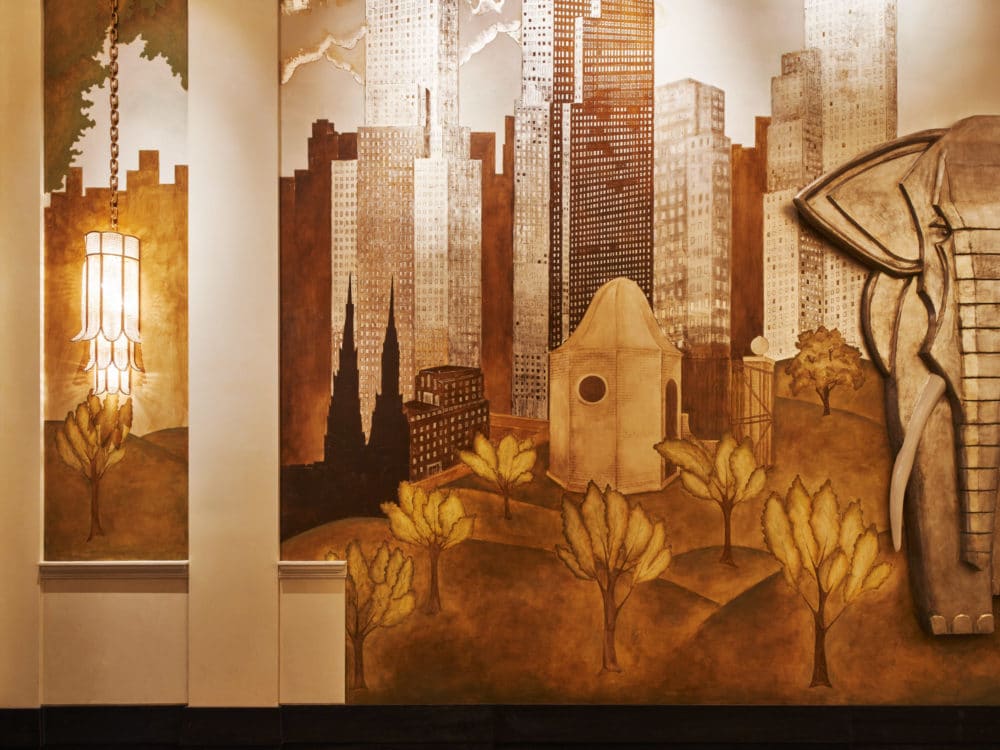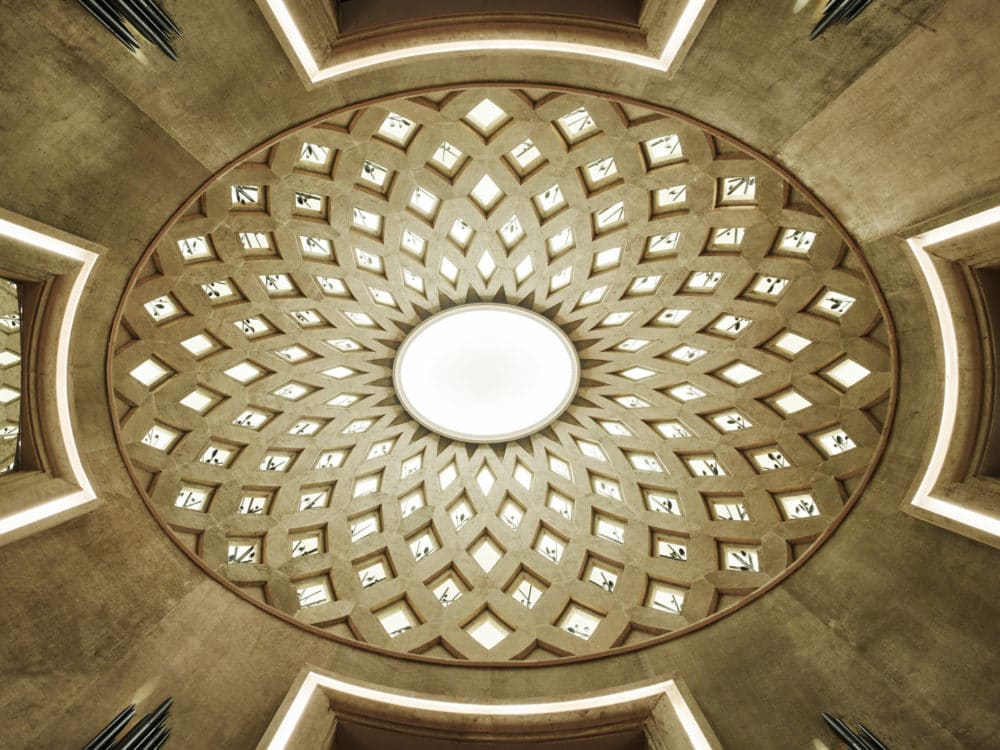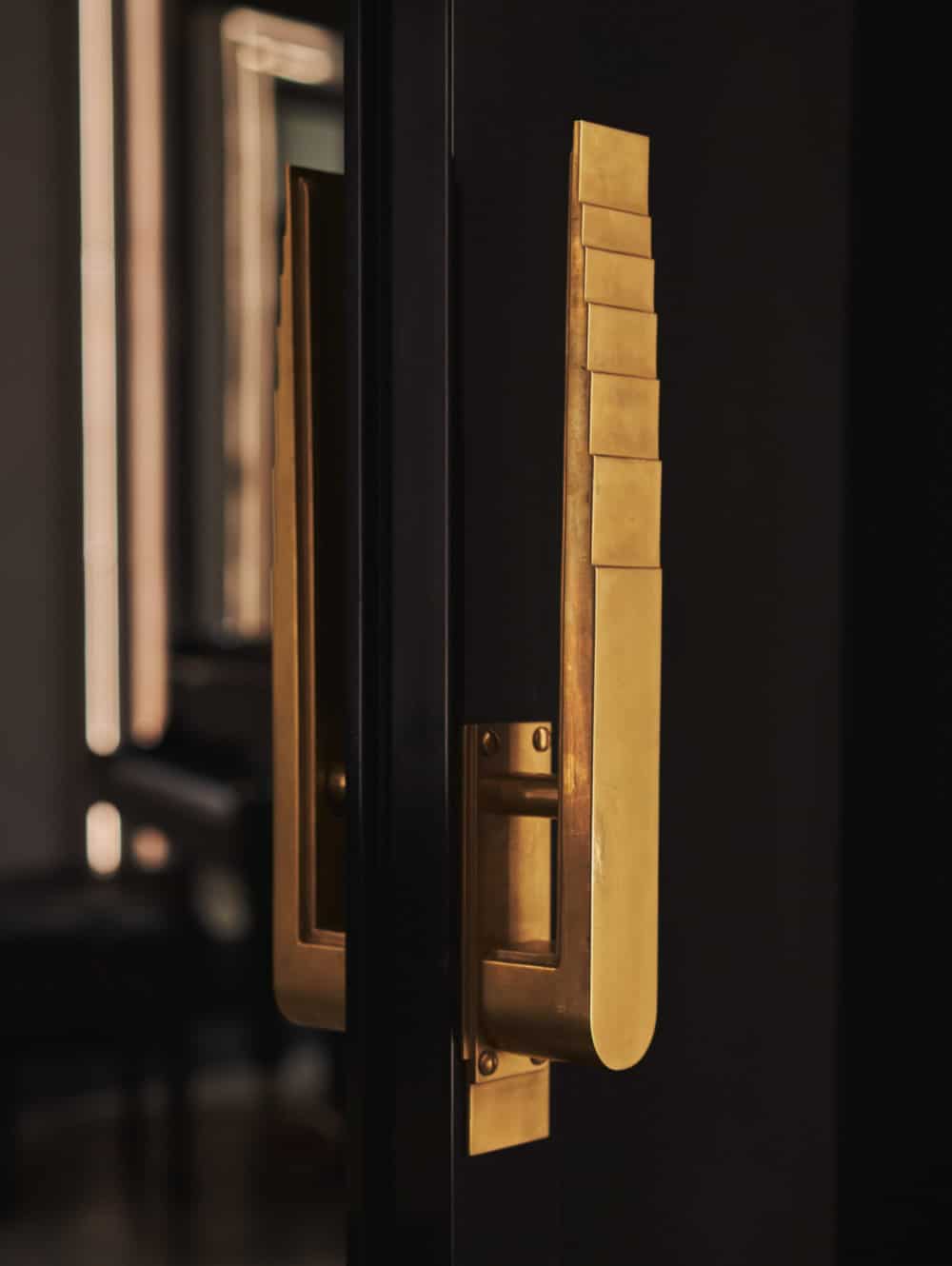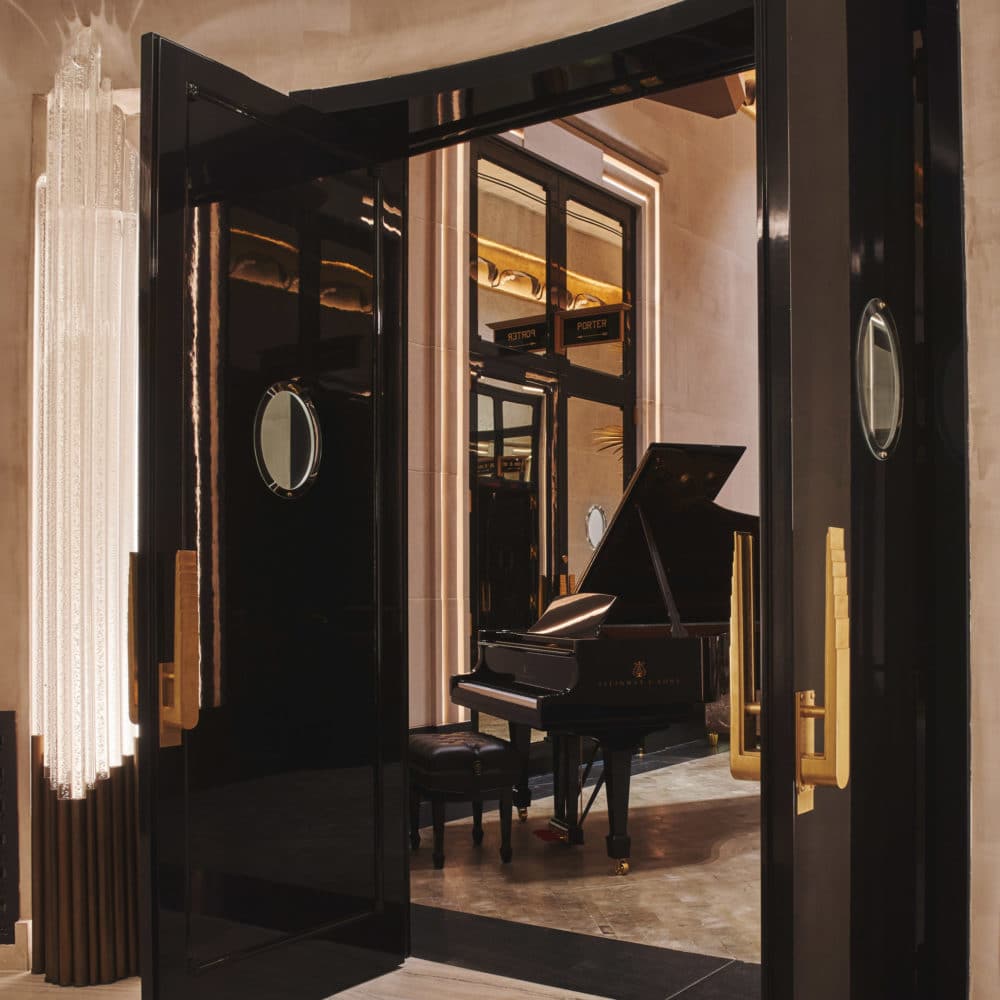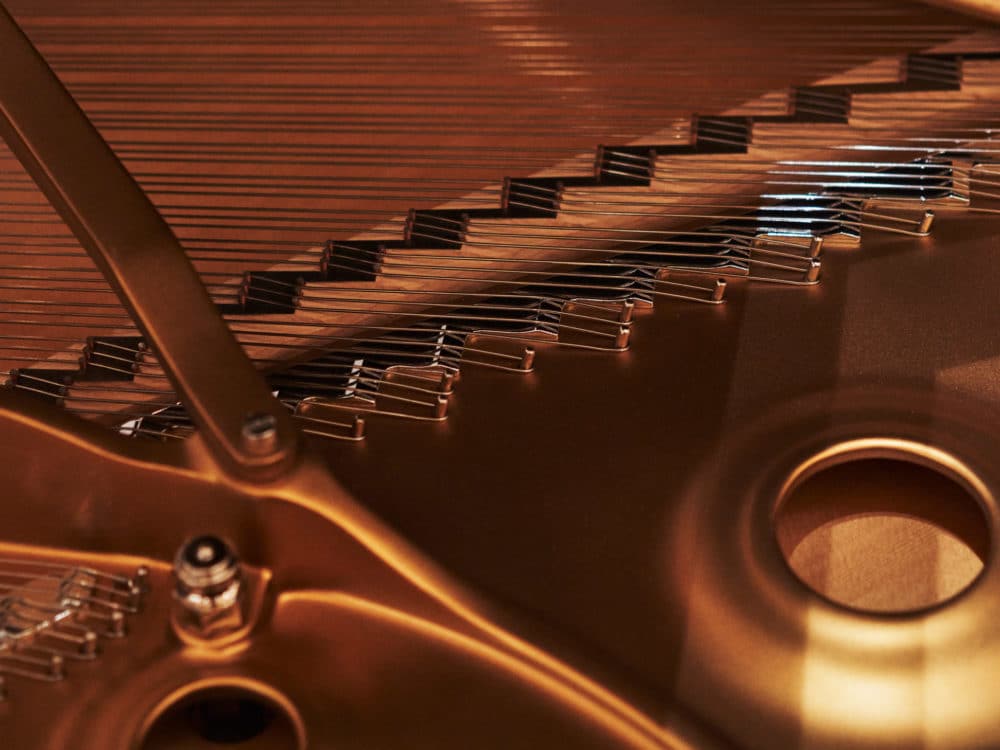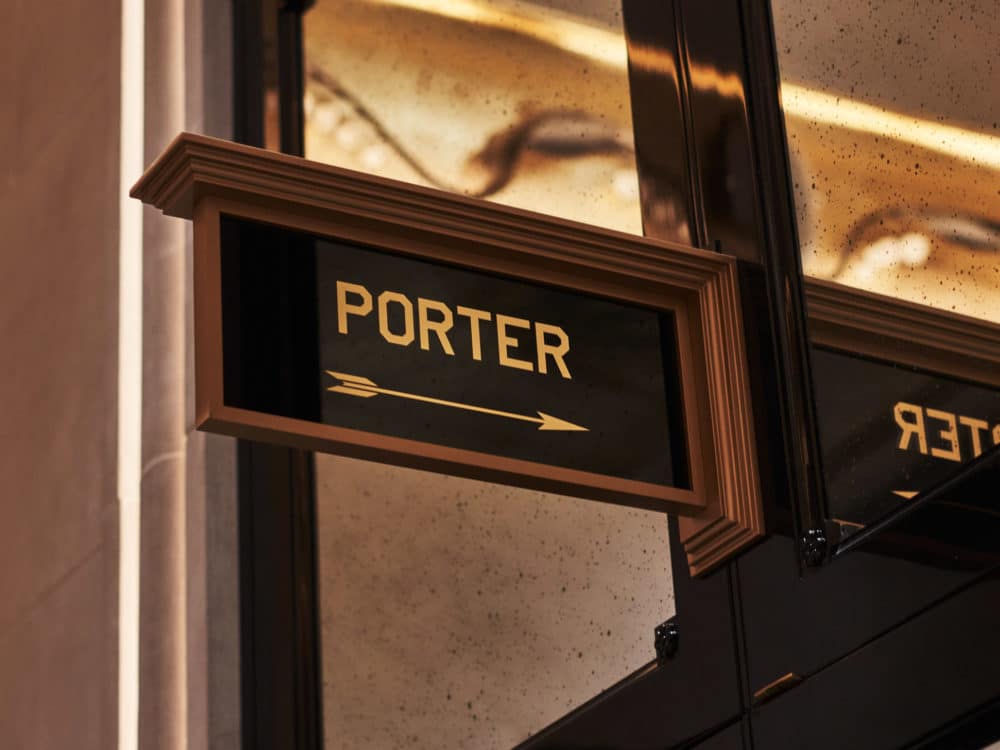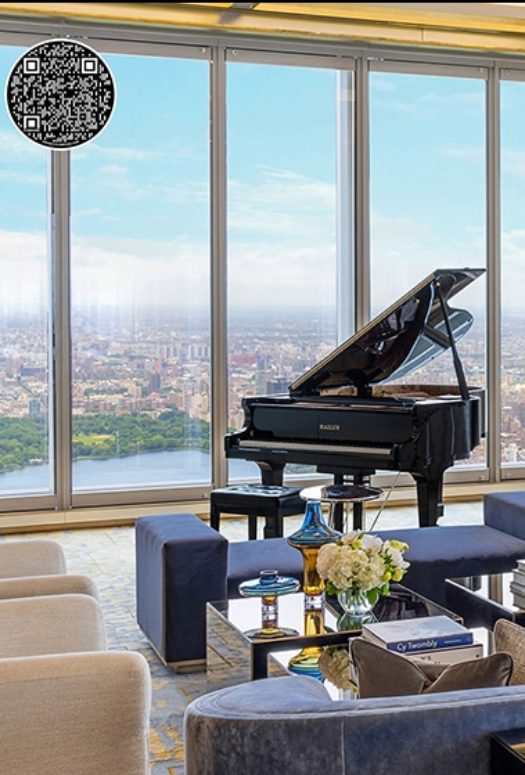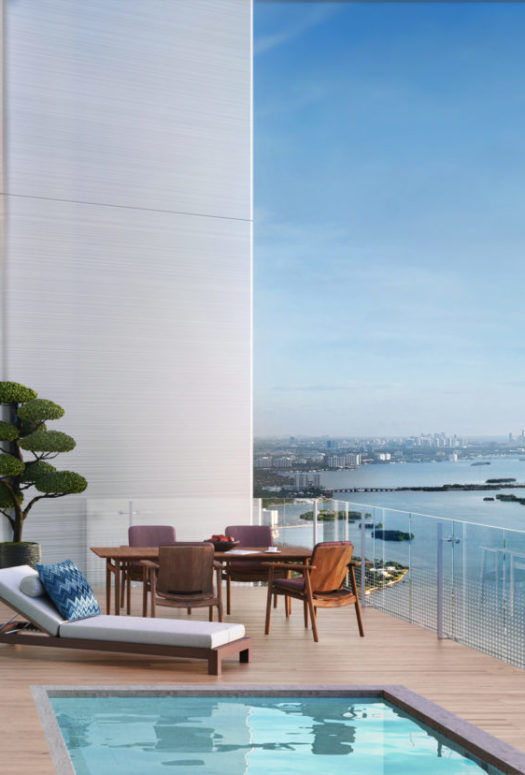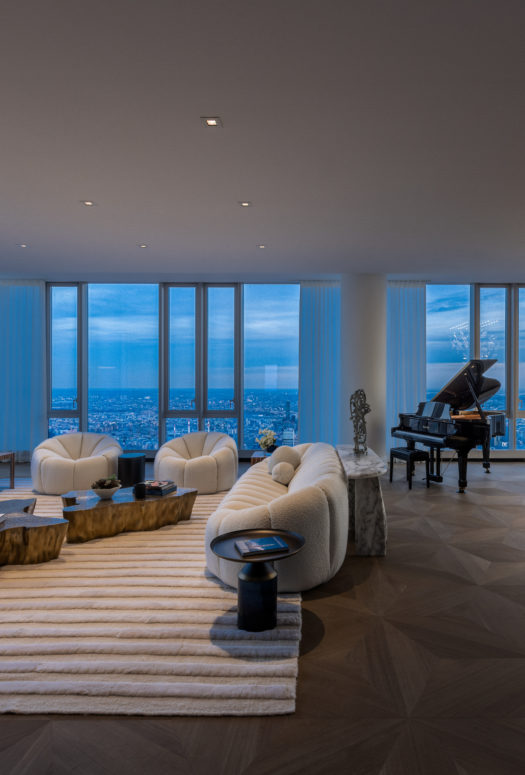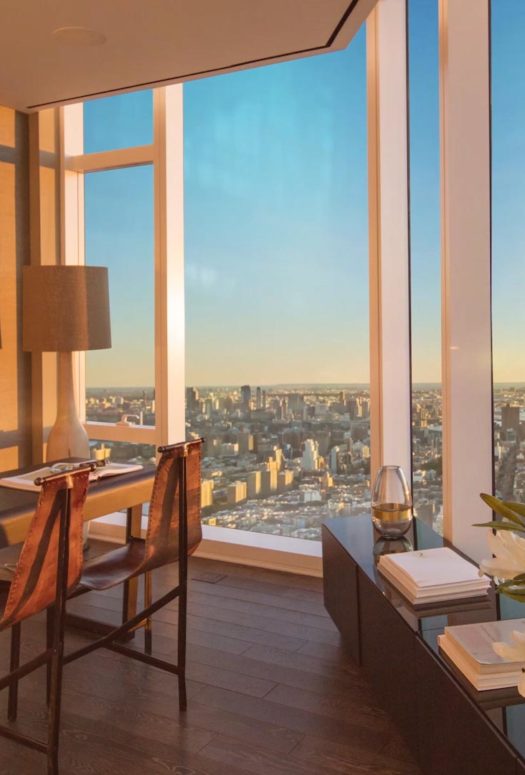At 111 West 57th Street, Bespoke Hardware With History
By: LX Collection
Welcome to …In the Details, a column where we explore the custom touches that make the world’s most exclusive condominiums utterly unique.
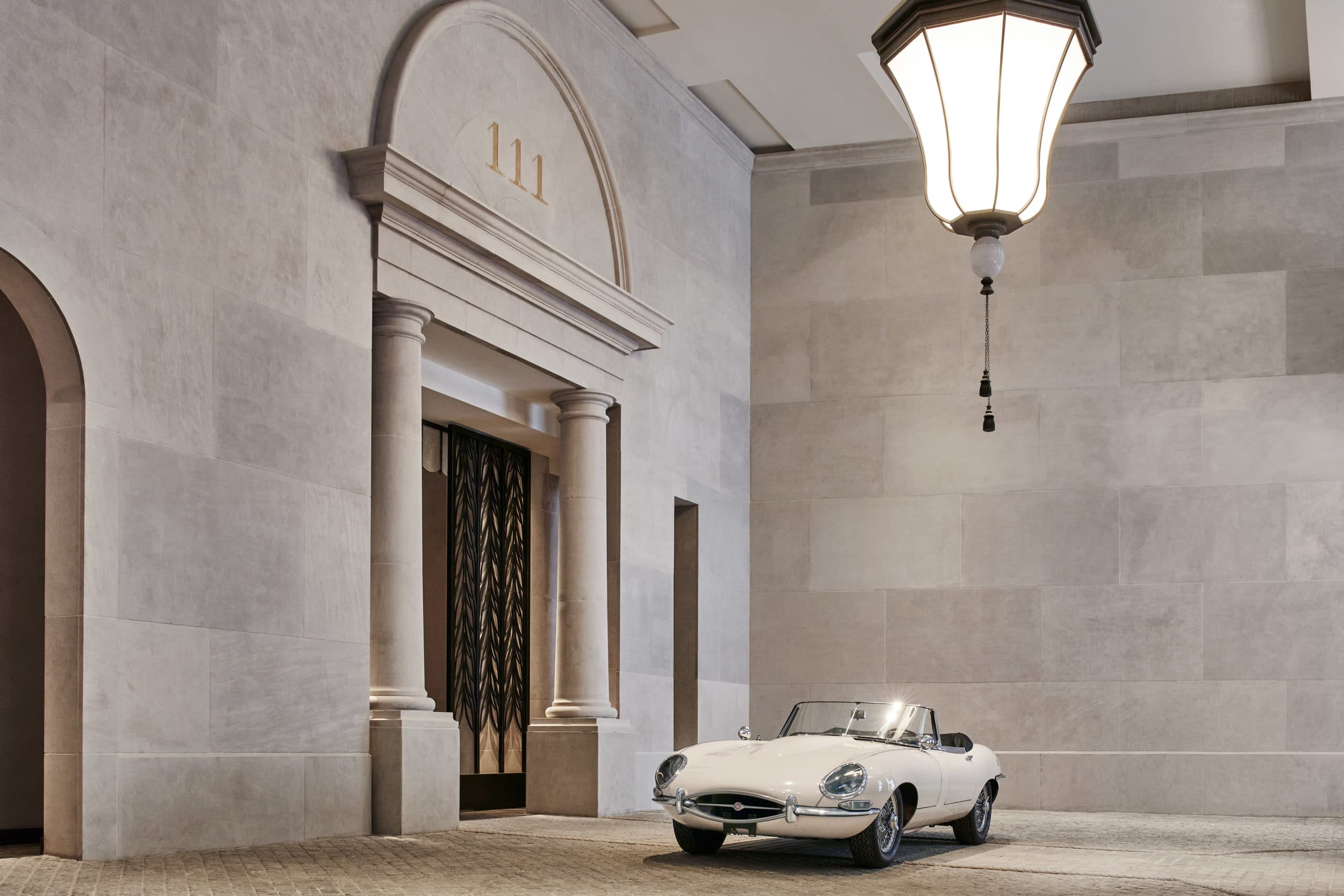 Photo Credit: Adrian Gaut
Photo Credit: Adrian Gaut
The greatest architectural visionaries of the last century believed in the importance of fine detail in their work. It’s impossible to comprehend what makes a Carlo Scarpa project or a Frank Lloyd Wright house iconic without considering ingenious touches like Scarpa’s brass supports under the stairs in the Olivetti Showroom, or the geometric shapes Wright embedded into windows and ceilings.
Studio Sofield founder Bill Sofield, who designed the interiors of 111 West 57th Street, has implemented this ethos on a monumental scale in the building, with hand-cast fixtures and hardware from New York legend P.E. Guerin, so that each moment residents spend reaching for a doorknob or running a bath, for instance, is a microcosm of the overall aesthetic experience of the building.
It’s unsurprising, then, that Martin Grubman, vice president at P.E. Guerin, believes Sofield is one of the greats in his field—a visionary who, like Scarpa and Wright, created the designs for his fixtures as if each piece is a work of art, from bathroom faucets, to lobby signage, to door handles that feature a stepped design resembling the silhouette of the building itself. “The whole concept of this building is that it’s done at such a high level that you’re not only buying the unit because of the building, you’re buying the unit because of the fixtures,” Grubman told LX Collection.
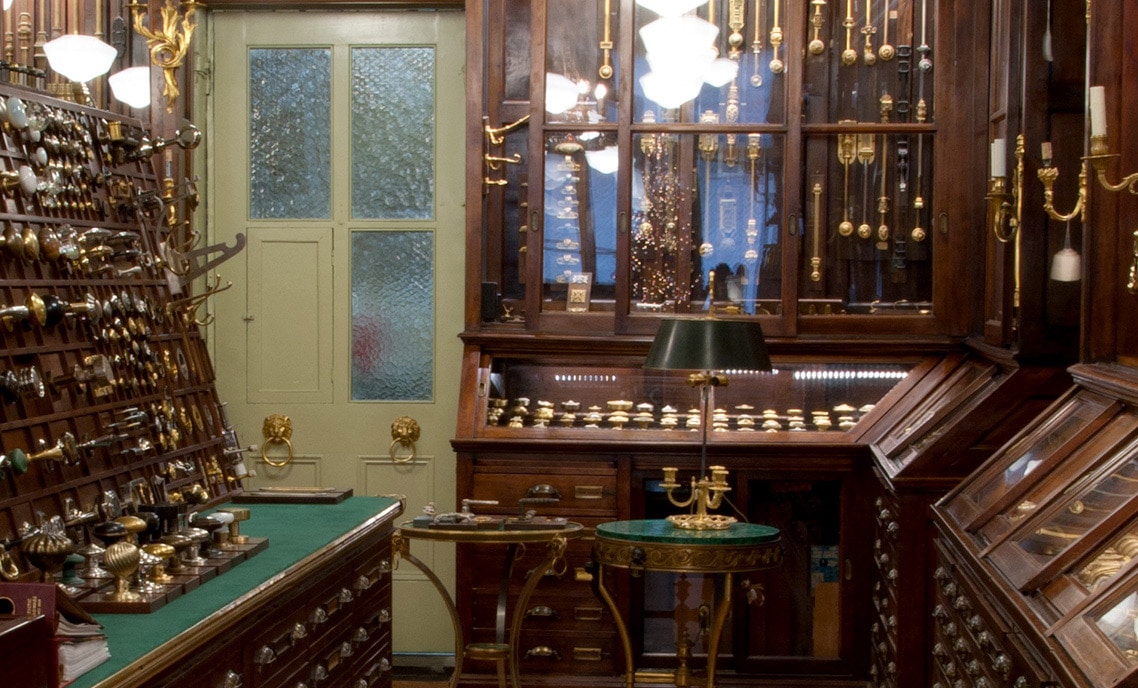 Photo Credit: P.E. Guerin
Photo Credit: P.E. Guerin
The fixtures were cast in P.E. Guerin’s Greenwich Village workshop, which has been in operation for more than a century. To create each piece, a sand-packed mold is baked in a kiln and then filled with brass ingots that are melted in a crucible at about 2,000 degrees Fahrenheit. The piece then moves through the hands of a filer; a chaser, who restores details lost in the casting process; a polisher; and a plater, meaning the human hand is constantly involved in the refining process.
The technique employed by P.E. Guerin is notoriously more involved than a typical, more commercially made, cast. It requires experts in the process, some of whom have been working in the firm’s Jane Street studio for decades. With their combined attention to the slightest shifts in scale and texture, Sofield, P.E. Guerin, the developers of 111 West 57th Street, and their teams have redefined the tactile experience of living in a luxury tower.
In order to arrive at the perfect prototype for each piece, Sofield’s studio and the team at P.E. Guerin had a true creative exchange about how the clay model designs would translate into the final brass fixtures. “They came in with little clay models—like the clay you played with as a kid—and we made metal models to look like them,” Grubman said. “We went through about two or three iterations, modifying the metal models. [Sofield’s team] would come [to the studio] and actually be with the people who were making them, and discuss together what they were trying to accomplish.”
The P.E. Guerin workspace is what Grubman calls a “a walk-through history.” Because they have been the most sought-after casting resource by designers and great institutions alike for over a century, their cases and drawers are filled with hardware that was created for and installed in architectural icons such as the Metropolitan Museum of Art and the White House. In fact, the design for the bathroom fixtures at 111 West 57th Street were inspired by a set P.E. Guerin created in the 1940s that Grubman calls “absolutely timeless.” Sofield also recognized P.E. Guerin’s identity as a place that has been contributing to the design conversation of New York architecture since the company’s inception. In fact, they worked on the 57th Street Steinway building, completed in 1925, that comprises 111 West 57th Street’s base. They’ve also created piano pedals and other parts for the world-class instrument maker.
Along with this deep sense of history, there is a certain poetry in the particular texture and weight of the fixture in the hand that comes from the casting process P.E. Guerin is famous for. It allows the materiality of the object to speak directly to those who are lucky enough to live with them, and whose daily contact with them will create a patina for future generations.


